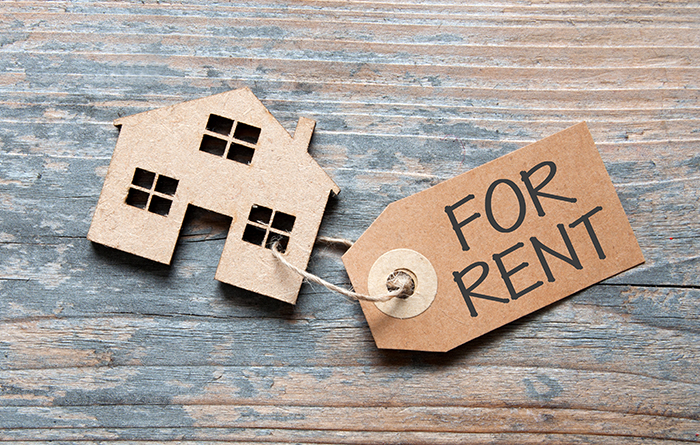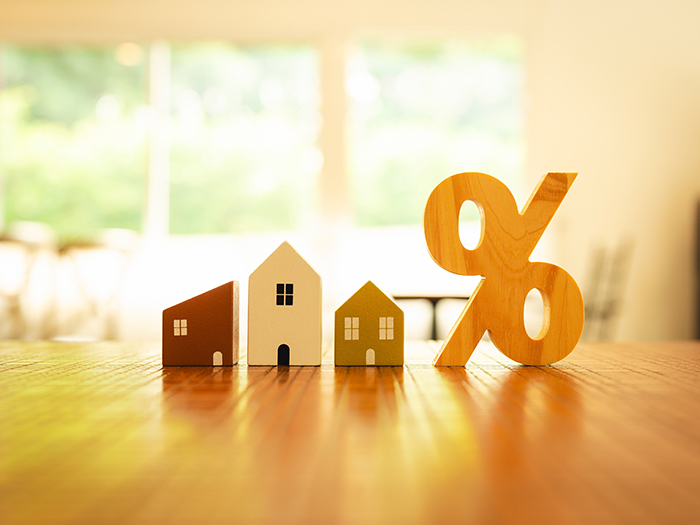
Sellers in Wales enjoyed mixed blessings in 2019 as prices reached an all-time peak but overall sales fell.
The average house price in the region at the end of last year was £193,254, according to the Principality Building Society’s House Price Index. This was an increase since 2018 of 3 per cent or £6,235.
First-time buyers and purchases of holiday homes drove the growth in property prices.
Prices rose 1.3 per cent in the three months to the end of December 2019, typically a quiet period for buying and selling.
Homebuyers paid higher prices for property last year in Wales, but sellers may have struggled to complete deals.
House sales were down by 6 per cent in 2019 compared to the previous year. The fall is likely due to uncertainties associated with Brexit and then the December General Election, according to Principality.
Hardest hit were flats, down by 32.6 per cent, followed by sales of detached properties which fell 12.5 per cent.
Smaller falls for semi-detached sales, down 9.6 per cent, and terraces, down 6.5 per cent, suggest first-time buyers are now more attracted to terraced and semi-detached properties than to small city centre flats.
Tom Denman, chief financial officer at the building society, said: “It’s been a decent year for average house price growth in Wales, mainly supported by historically low interest rates, a shortage of housing supply and relatively high employment.
“Although Brexit uncertainty and the General Election had a greater impact on the housing market in the south of England, sales were still down by 6 per cent in Wales in 2019 compared with 2018.
“Now there is a bit more clarity politically, we will wait to see if house sales pick up in 2020, although we anticipate continued modest growth in terms of house prices.”
At the end of 2019, eight local authority areas established new peak prices – Bridgend (£180,988), Denbighshire (£192,665), Gwynedd (£190,868), Merthyr Tydfil (£141,657), Monmouthshire (£298,618), Rhondda Cynon Taf (£142,733) and Swansea (£188,417).
Between December 2009 and December 2019, house prices in Wales have risen by 24.5 per cent. Over this same 10-year time span, the CPIH index for consumer price inflation has increased by some 22.6 per cent. This means the average house price in Wales has grown in ‘real’ terms by just 1.9 per cent in the past decade.
Cardiff tops the list with house price growth of 41.2 per cent for the decade, followed by Torfaen at 37.7 per cent and Newport at 33.4 per cent.
The top nine authorities in terms of growth are all located in the south-east corner of Wales – which may indicate the extent to which Cardiff, and the Severn Bridge tolls, have had an impact on housing demand, and therefore house prices, in this area over the last 10 years.
The best location for house price growth in the north of Wales is Denbighshire, at 23.5 per cent.



